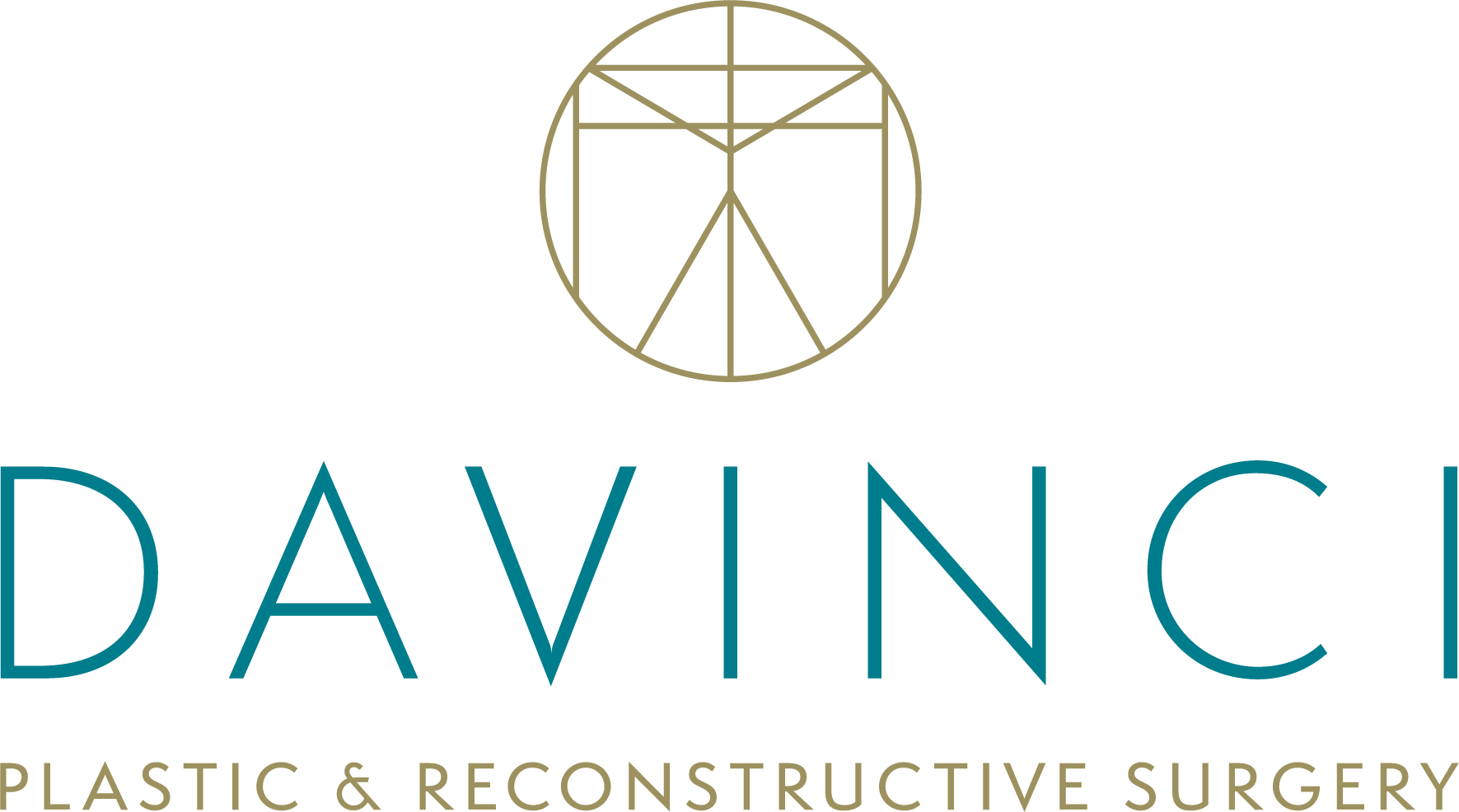Caring for Your Skin, After Sun & Surgery
Taking care of your skin is crucial for effective healing after sun exposure and after surgery success. Summer months mean that skin damage from sun exposure is at its height. As summer comes to a close, it’s time to check your skin because detecting melanoma as early as possible makes it treatable. It is the deadliest cancer, but it doesn’t have to be if it it’s caught early. Regular self checking is a key part of immediate diagnosis is to do a regular self check.
AFTER SUN
What are you looking for? You’re at higher risk for melanoma if you’ve been sunburned frequently, have fair skin or a large amount of moles, live in a tropical or have a family history of melanoma. When you’re self checking, there’s a common acronym to help us remember what to look for. This is called the ABCDEs of warning signs for melanoma. This stands for:
- Asymmetry: draw an imaginary line through the middle and it should look the same on both sides
- Border irregularity: ragged or blurred, undefined edges
- Color changes: a variety of colors within the same spot or mole
- Diameter: greater than .25 inch (6 millimeters)
- Evolving: changes over time
Where should you look? Important to look from head to toe, back and front. Using the angles from a hand mirror and a wall mirror to see the harder parts of the body from behind, literally start with the top of your scalp, especially if you haven’t worn hats to protect your head or have fine, thinning hair. Then move downward, examining the face, neck, shoulders, underarms, chest, torso, arms, hands, and nail beds. When checking the lower body, its easier to sit down, but don’t forget to check your buttocks, especially if you wear brazilian or thong bikinis. Look over your legs and feet, even the heels, soles of the feet and toenail beds.
AFTER SURGERY
What extra steps should I take? Whether your cosmetic procedure is invasive or non invasive, you should take some special care of your skin to promote healing and longevity of the effects of the procedure. Here are some simple tips to care for your skin after a cosmetic treatment:
- Follow physicians directions. Each procedure has a unique protocol for optimal healing. This may include salves and the herbal supplement or cream version of Arnica Montana to reduce bruising.
- Stay hydrated. Drinking plenty of water is good practice in general, but will help flush the area of toxins and empower healing. Avoiding alcohol and other dehydrating beverages so you don’t work against your natural healing processes.
- Protect yourself from the sun. The skin is more vulnerable after a procedure. UV rays darken scars and this is what you want to prevent, so stay out of the sun.
- Leave the recovery site alone. This means no picking or poking of the area. Disturbing the area could cause infection or unwanted scarring.
- Use gentle skin care products. Make the extra effort during this time to pamper your skin while it’s healing. Use only mild, no fragrance skincare.
Help me to help you have beautiful, youthful skin by taking these precautions. From beginning to end, I look forward to helping you in the rejuvenation process. To schedule your consultation, visit www.davinciplastic.com.
Steven Davison M.D.
Board Certified Plastic/Reconstructive Surgeon






